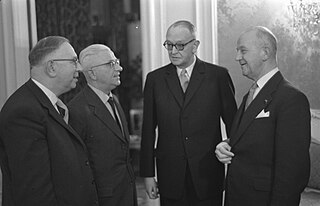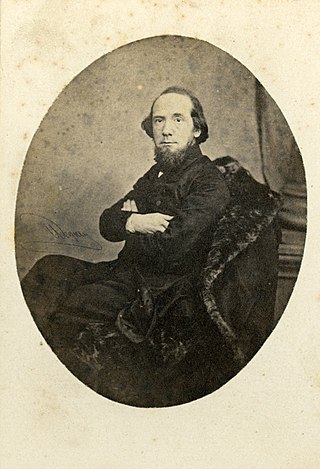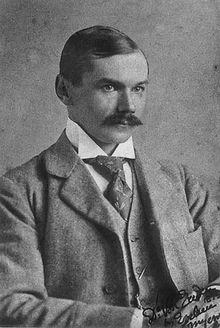Dutch language literature comprises all writings of literary merit written through the ages in the Dutch language, a language which currently has around 23 million native speakers. Dutch-language literature is the product of the Netherlands, Belgium, Suriname, the Netherlands Antilles and of formerly Dutch-speaking regions, such as French Flanders, South Africa, and Indonesia. The Dutch East Indies, as Indonesia was called under Dutch colonization, spawned a separate subsection in Dutch-language literature. Conversely, Dutch-language literature sometimes was and is produced by people originally from abroad who came to live in Dutch-speaking regions, such as Anne Frank and Kader Abdolah. In its earliest stages, Dutch-language literature is defined as those pieces of literary merit written in one of the Dutch dialects of the Low Countries. Before the 17th century, there was no unified standard language; the dialects that are considered Dutch evolved from Old Frankish. A separate Afrikaans literature started to emerge during the 19th century, and it shares the same literary roots as contemporary Dutch, as Afrikaans evolved from 17th-century Dutch. The term Dutch literature may either indicate in a narrow sense literature from the Netherlands, or alternatively Dutch-language literature.
De Grootste Nederlander was a public poll held in 2004 by the broadcasting company KRO of the Publieke Omroep. The series has the BBC's 100 Greatest Britons TV format. During the series, it included individual programmes on the top ten, with viewers having further opportunities to vote after each programme.

The Netherlands was the host nation for the 1928 Summer Olympics in Amsterdam. 266 competitors, 222 men and 44 women, took part in 103 events in 17 sports.

The Netherlands competed at the 1936 Summer Olympics in Berlin, Germany. 165 competitors, 145 men and 20 women, took part in 75 events in 15 sports.

The P.C. Hooft Award, inaugurated in 1948, is a Dutch-language literary lifetime-achievement award named after 17th-century Dutch poet and playwright Pieter Corneliszoon Hooft. The award is made annually.
The Prijs der Nederlandse Letteren is awarded every three years to an author from the Netherlands, Belgium or, since 2005, Suriname writing in Dutch. It is considered the most prestigious literary award in the Dutch-speaking world, and the award is presented alternately by the reigning Dutch and Belgian monarchs.

Joseph Albert Alberdingk Thijm was a Dutch writer. In his triple capacity of art critic, philologist, and poet, Alberdingk Thijm was an important figure of Catholic literature. After finishing his studies in his native city, he took up a commercial career.
The Ferdinand Bordewijk Prize is a literary award, presented annually by the Jan Campert Foundation to the author of the best Dutch prose book. The prize was established in 1948 as the Vijverberg Prize, before being named after the Dutch author Ferdinand Bordewijk in 1979. As of 2024 the prize includes a cash prize of €6000.

The Constantijn Huygens Prize is a Dutch literary award.

Adrianus Johannes Ehnle (1819–1863) was a Dutch painter of historical and genre subjects. He was born at the Hague in 1819, and studied under C. Kruseman. He died in 1863. Among his works are Cornelis de Witt at Dordrecht and The Reception of a Child at the Orphan House at Haarlem.

Oud Eik en Duinen is a cemetery in The Hague, the Netherlands, formerly called Eik en Duinen and also nicknamed "the Dutch Père-Lachaise". The cemetery is built around a chapel constructed around 1247 by William II of Holland in honor of his father, Floris IV, Count of Holland. This chapel was partially demolished in 1581, and in the 17th century the area was again used as a cemetery. When Eik en Duinen was full, a new cemetery, Nieuw Eykenduynen, was constructed in 1891 across the road, and since then the old cemetery is known as "Old" Eik en Duinen.

Onze Kunst van Heden was an exhibition held in the winter of 1939 through 1940 at the Rijksmuseum in Amsterdam. Due to the threat of invasion in the years leading up to World War II, the Netherlands' government stored many items from the Rijksmuseum's permanent collection. The resulting empty gallery space was utilized by contemporary Dutch artists to exhibit and sell their art. It was organized by the director of the Rijksmuseum Frederik Schmidt Degener. The show was open to all artists, with each artist allowed to enter four pieces. 902 artists exhibited 3,200 works of art in 74 rooms and cabinets of the Rijksmuseum.
„De kunstenaar kan in tijden van maatschappelijke benauwenis weinig positiefs doen om rampen af te wenden, maar wel kan hij door mede te helpen nationale uitingen op het eigenaardigst naar voren te brengen het gemeenschapsbesef versterken. Wanneer de belangstelling van het publiek uitgaat naar deze manifestatie, die in zulk een omvang in Holland nog niet gezien is, dan zal menige kunstenaar zich op zijn beurt gesterkt voelen".
"The artist can do little positive in times of social distress to avert disasters, but he can, by helping to bring out national expressions in the most idiosyncratic way, strengthen the sense of community. When the public is interested in this event, which has not yet been seen to such an extent in Holland, many artists will feel strengthened in turn."

Willy Corsari was the stage name and pen name of Wilhelmina Angela Schmidt, a Dutch actor, author and composer. She is noted for her detective fiction and has been termed the Dutch Agatha Christie. Born in Jette, a municipality of Brussels, the daughter of a singer and a musician, she spent an itinerant childhood living in the Dutch East Indies, Germany and the Netherlands. Corsari developed as a writer at an early age, being first published at age ten. In 1914, she had her musical debut at the cabaret De Kattebel, performing on stage until 1932. At the same time, she developed her writing career. In 1927, she published her first three books, including Misdaad zonder Fouten. Many more followed. She also produced plays for the stage and radio, and, in 1972 an album of songs that she wrote and composed entitled Liedjes in de Schemer. During the Second World War, she gave a German deserter refuge and was consequentially imprisoned in Scheveningen, although released due to insufficient evidence. After the war, Corsari continued to publish and reached a peak in 1958 with over 200,000 copies of her omnibus sold in a year. She continued to write, producing Spelen met de dood in 1983, although by that time her output had reduced to very low levels. She was made a Knight of the Order of Orange-Nassau in 1990 and died in Amstelveen in 1998.


















